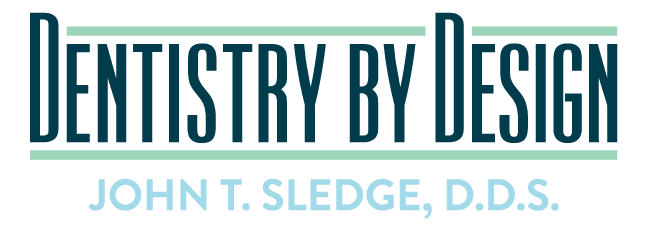April: Oral Cancer Awareness Month
Oral Cancer Awareness Month
The month of April has been dedicated oral cancer awareness month. This deadly form of cancer claims ONE life an hour in the US alone and has a 50% mortality rate five years beyond diagnosis. With statistics like these, it’s no wonder that medical professionals and researchers are dedicated to raising awareness.
Unfortunately, oral cancers are often not detected early because the symptoms can be painless, and many people are not aware of the disease. But the good news is that survival rate is high when oral cancers are found in the first stages. Awareness and early detection are key!
The Symptoms:
White or red patches inside the mouth or on the lips
Swelling, lumps, bumps, rough spots or eroded areas on the lips or inside the mouth
Unexplained bleeding in the mouth
Unexplained numbness or loss of feeling in mouth, face or neck
Persistent sores in the mouth that do not heal within 14 days
Difficulty chewing, swallowing, speaking or moving the jaw or tongue
The Risk Factors:
Age: The disease usually occurs over the age of 40
Gender: Men are twice as likely to develop oral cancers
Lifestyle: Tobacco use, including smokeless tobacco, and heavy alcohol use
Family or personal history: Those who have had oral cancer previously are at an increased risk of developing another oral cancer
Excessive sun exposure
Human papillomavirus (HPV) infection
One of the best ways you can celebrate oral cancer awareness month is by visiting your trusted dentist for an oral cancer screening. During these appointments, you’ll receive a gentle examination looking for the common warning signs of this disease. By receiving regular screenings during your preventive dentistry appointments, you may significantly reduce your chances for oral cancer.
As your dentist, we consider ourselves a partner in your overall health care, helping you to enjoy the best quality of life every day.
Sources:

